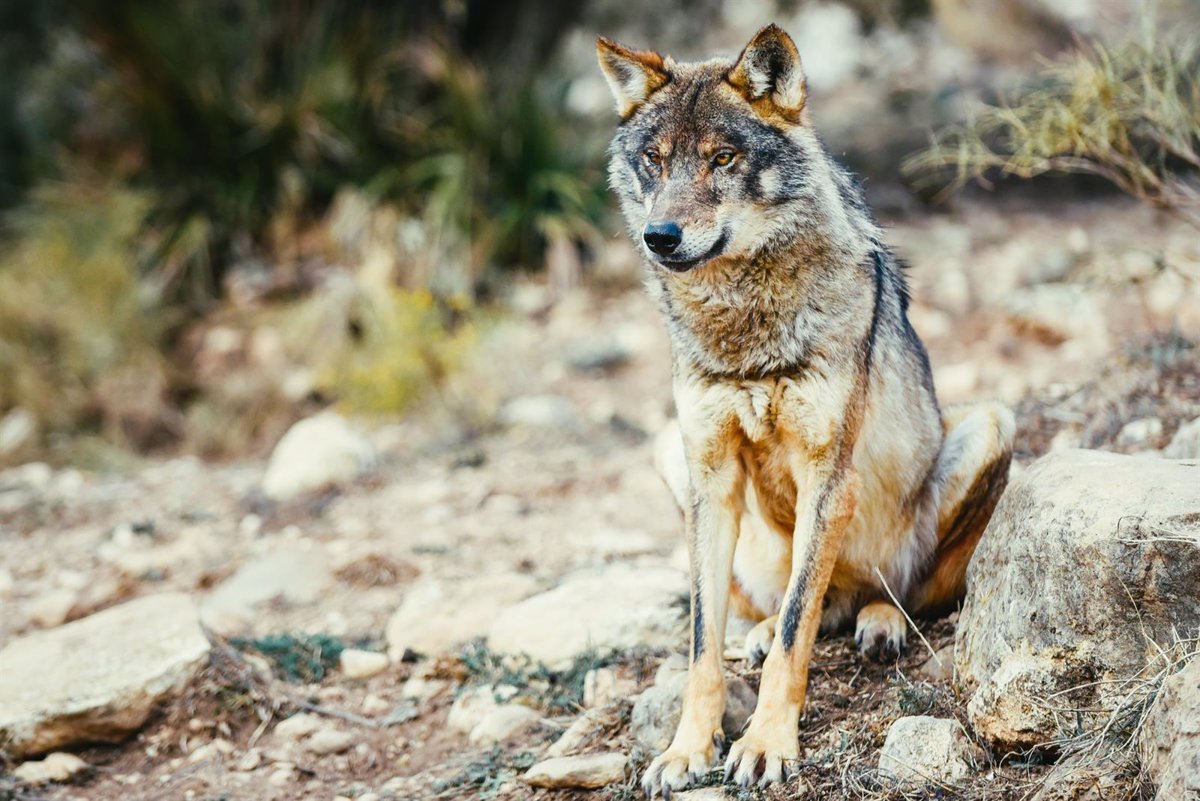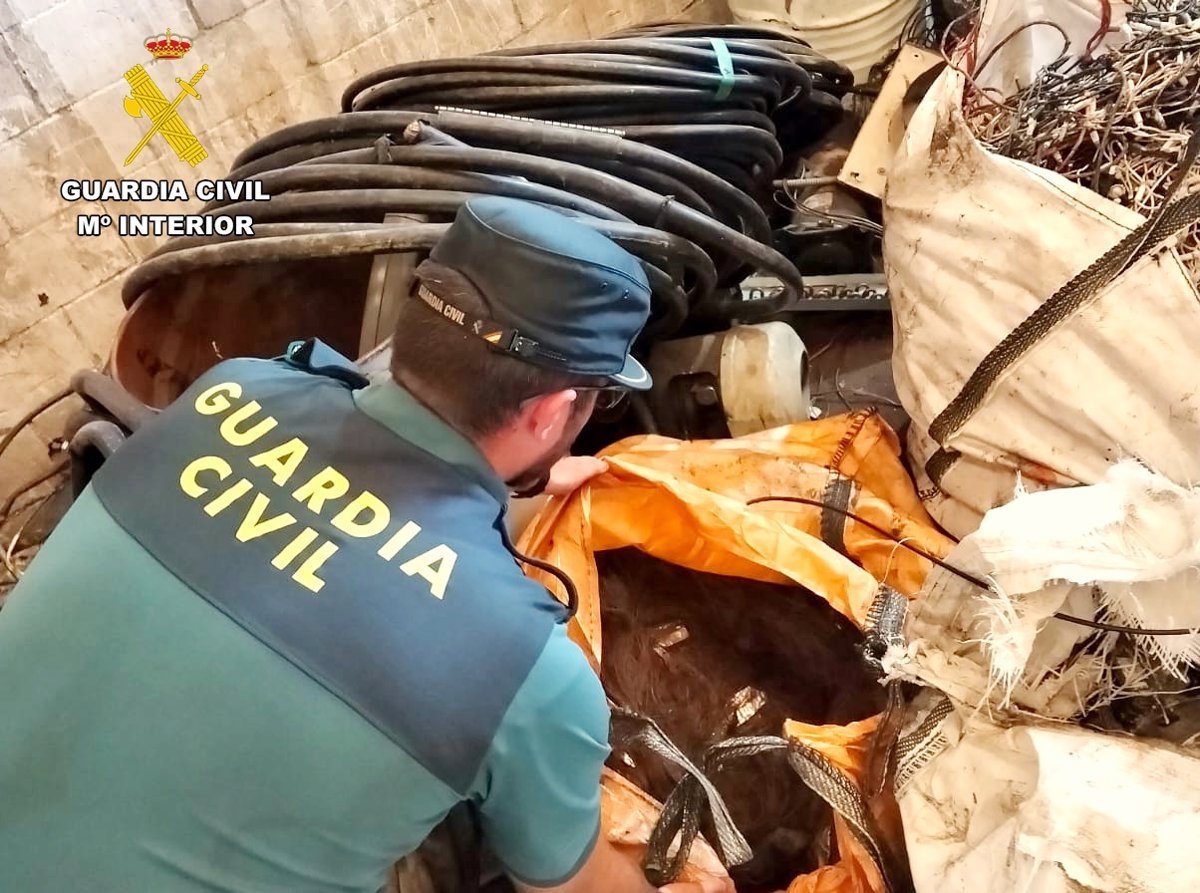Cantabria to extract 41 wolves imminently, the maximum allowed

Cantabria will extract a total of 41 wolf specimens imminently, the «maximum» annual quota allowed according to the regional Management Plan, in the areas of Liébana (4), Nansa (5), Saja (5), Besaya (5), Paz-Pisueña (5), Asón-Miera (2), and Campoo-Los Valles (10).
In addition, three more specimens will be captured within municipalities included in zone 2 –where the wolf presence is less stable– and two more in municipalities included in zone 3 –with no wolf presence or sporadic sightings–.
These extractions will be carried out by Natural Environment agents once the Law on Food Waste is published in the Official State Gazette (BOE), which includes the removal of the wolf from the List of Species under Special Protection Regime (LESPRE), and the extraction resolution in the Official Gazette of Cantabria (BOC). They will be carried out throughout the community «simultaneously,» although they are valid for one year, until July 2026.
This was announced by the Minister of Livestock, María Jesús Susinos, in statements to the press before presiding over the Wolf Board, which met this Friday to discuss the draft of the new Species Management Plan, whose document will maintain the maximum extraction quota at 20% of the wolf population, as the minister has advanced.
«We are going to the maximum,» confirmed Susinos, who informed the Board of the resolution issued by the Directorate General of Forests establishing the number of wolves to be sacrificed.
The Minister of Rural Development also pointed out that, as a result of the wolf’s entry into the LESPRE in September 2021, a «large amount of damage» was caused to the livestock sector in the autonomous community, with «increased» attacks on animals since that date, with 2,500 annual attacks and over 3,200 cattle killed.
Thus, the wolf has spread to «over 80% of the territory» of the autonomous community, more than 4,000 square kilometers, and damages are being paid «amounting to over 1.7 million euros».
«In the last 30 years, the number of family groups and the species have multiplied by eight, and the species is now practically in all our region, in places where it should never have been,» she lamented.
The minister asserted that these circumstances are «seriously jeopardizing» the viability of livestock farms and are «hindering» coexistence with the socio-economic development of rural areas and extensive livestock farming.
Therefore, Susinos considers it «essential» to reapply article 6.2 of the Wolf Management Plan, which establishes population control of the species in the region.
However, she clarified that in the case of the Picos de Europa National Park, «it has its regulations and its way of being managed,» which is done in coordination with the other two communities –Asturias and Castilla y León–, and therefore, all control actions to be carried out within this protected natural area must be carried out following the guidelines and protocols set by the managing commission.
NINE MORE MUNICIPALITIES WITH WOLF PRESENCE
This Friday’s meeting was the second meeting of the Board since Susinos took over the Ministry and, she recalled, before her arrival, it «had not met since 2017.»
It includes representatives from professional agricultural organizations (OPAS), cooperatives, the Frisona de Cantabria Association (AFCA), associations of small livestock, such as goats and sheep, as well as the Federation of Municipalities, the Ministry itself, and conservation entities such as Ecologistas en Acción and ARCA.
The Cantabrian Government presented the Board with the draft of the new Management Plan and explained that it dates back to April 2019 with a validity period of five years, meaning it has already ended, and although it is still being applied, it is mandatory to modify it.
According to Susinos, the draft prepared by the Government introduces a new zoning. Specifically, it proposes to expand zone 1 –municipalities that coexist with the permanent presence of the wolf– with nine municipalities (currently 36).
The minister noted that this is a «proposal,» so it is not definitive as it «needs to be worked on» «with total transparency and maximum consensus.»
As for the second proposed modification brought by the regional Government, it concerns the damage scale, as there is currently «a gap» between compensation and the actual price of animals.
The aim of the regional government is to «act more swiftly» so that this plan «can be approved as quickly as possible.»
Therefore, the Board proposes a meeting schedule with the aim of finalizing the draft in June and approving it before the end of this year.








